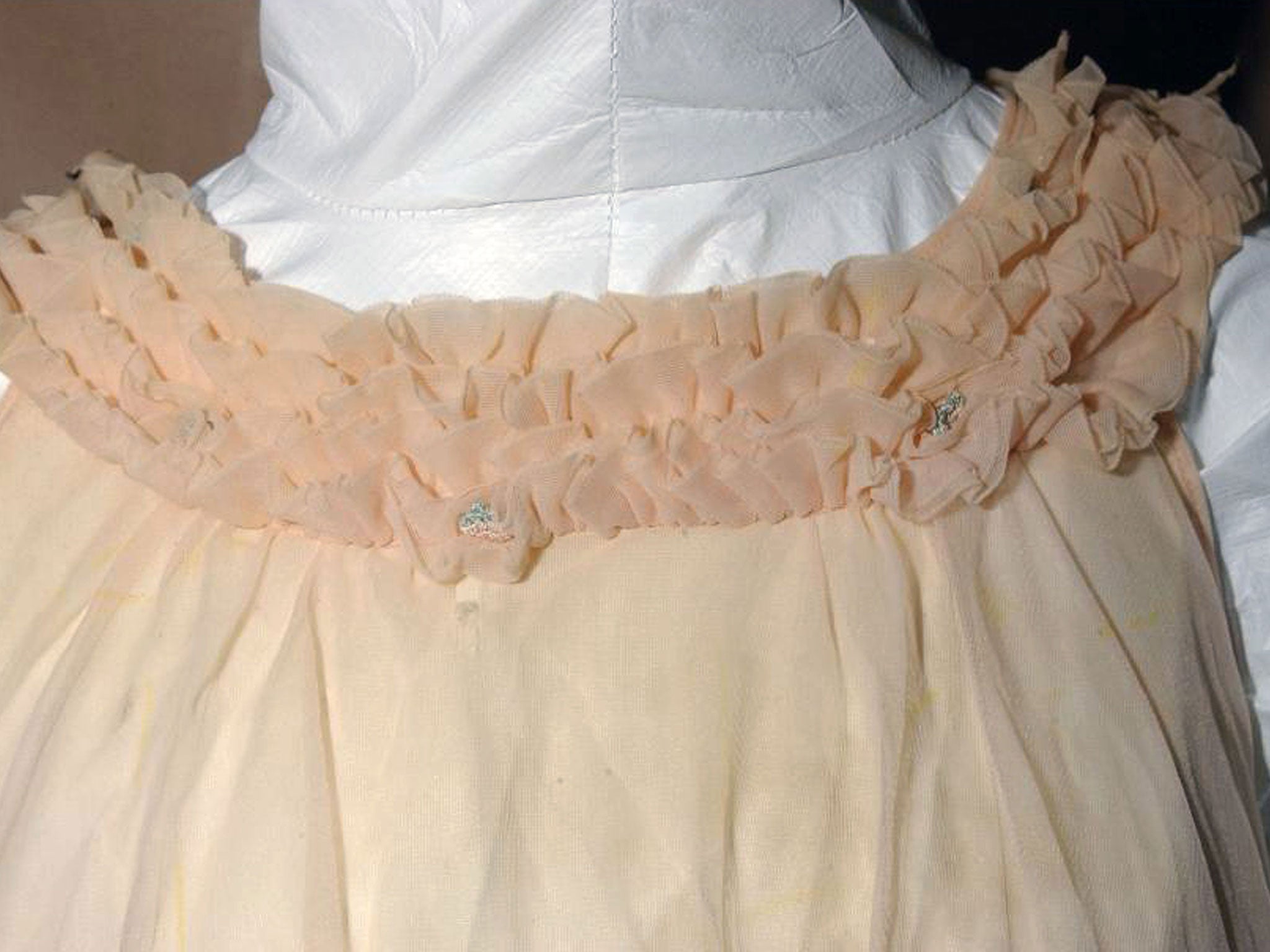Headless corpse discovered in Norfolk 40 years ago 'could be sex worker known as "the Duchess"'
Despite the efforts of scientists and detectives the identity of a body found in the village of Cockley Cley remains a mystery

She was known as the Duchess despite having set up a temporary home in a builder’s hut on the Yarmouth dockside and stringing a washing line up outside.
Her perfect English belied her likely Danish nationality and had probably turned up at the English coastal town off the ferry from the seaport of Esbjerg. She became well-known to the lorry drivers and dock workers as a sex worker before she abruptly disappeared in 1974.
More than 40 years on, her identity is still unknown - and despite the best efforts of scientists and detectives the mystery remains whether the Duchess is the same woman whose headless corpse was discovered the same year in a Norfolk village 55 miles away.
The huge 1970s police inquiry triggered by the discovery of the body in a Marks and Spencer night-dress, bound with rope and covered by a distinctive dust sheet was closed the following year without the victim ever being identified. Her body – without the head that was never found – was buried in an unmarked grave.
Only with the opening of a police cold case review more than 30 years later have tantalising details of her life and death started to emerge because of advances in forensic science and new discoveries by police.
The body was exhumed and samples of the woman’s toenail, pubic hair and thigh bone were taken in the hope of identifying the victim.
They were sent in 2009 to Professor Wolfram Meier-Augenstein, an expert in isotope analysis, which can uncover evidence of human diet and geographical location of a victim through the analysis of bone and hair.
Scientists discovered that the structure of water changes subtly depending on how far from the coast it falls. Those properties are retained as the water is collected in reservoirs and consumed by humans, and revealed in the hydrogen composition of bones.
It allows scientists to identify broad corridors of the world where a person might have lived. The technique was used to show that a person whose dismembered body was found in a Dublin canal in 2005 was probably from the Horn of Africa. It subsequently led detectives to identify the victim as a Kenyan immigrant and resulted in the conviction of two women known as the “Scissor Sisters” for his murder and mutilation. The Kenyan, Farah Swaleh Noor, had been their mother’s partner.
“It [the technique] doesn’t help us to find the needle in the haystack, but it reduces the haystack to a manageable size,” said Professor Meier-Augenstein.
His tests contributed to the conclusion that the dead woman at one time had a predominantly fish and shellfish diet and probably once lived in a broad area that covered Denmark, Germany, Austria and northern Italy.
The findings led police back to examine a call made following a Crimewatch appeal in 2008 from a former police officer whose memory had been jogged by the disappearance of the Danish “Duchess”.
“It may be that ‘The Duchess’ has nothing to do with this enquiry but we would very much like to be able to eliminate her as the victim at Cockley Cley as we have been unable to establish her true identity,” said Detective Chief Inspector Andy Guy, of Norfolk and Suffolk’s major investigation team.
Further tests revealed that the dead woman at Cockley Cley, who was in her 20s or early 30s, was probably a mother of at least one child. Detectives obtained DNA from the exhumed body, but have not been able to match the profile on the national DNA database.
Other potential leads from the re-investigation team have hit brick walls. In 2011, more than 580 missing women were traced as part of the inquiry, but none were linked to the murder victim. A US-based collector identified the dustsheet that enveloped the woman’s body as the cover for a payroll machine – used before the days of computers – and identified the exact machine.
But thousands of the machines would have been manufactured by National Cash Registers, with many shipped overseas, and took the team no further forward. Since 2011, the force scaled back its four-year re-examination of the case but yesterday made a new appeal for help from the public to come forward with details about the Duchess or of people who went missing in 1974 to try to solve the mystery.
“It is absolutely possible we could use the DNA recovered to link the woman to a living family member which could provide the breakthrough in the case,” said DCI Guy. “I believe if we identify the victim we can identify her murderer.”
Bookmark popover
Removed from bookmarks